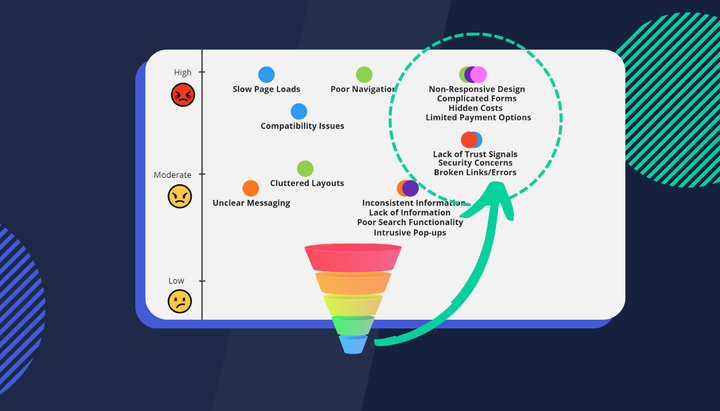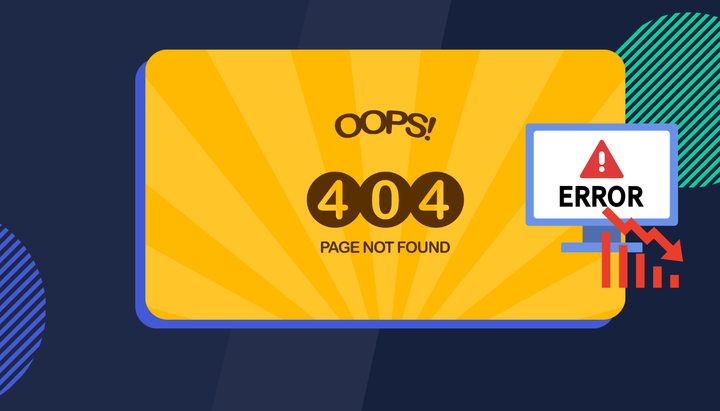What is Google Tag Manager (GTM)?
Google Tag Manager acts as a bridge between a website and analytics platforms, facilitating efficient data collection, management, and transmission. This enhances the capability to gather rich, actionable insights through analytics tools like Google Analytics.
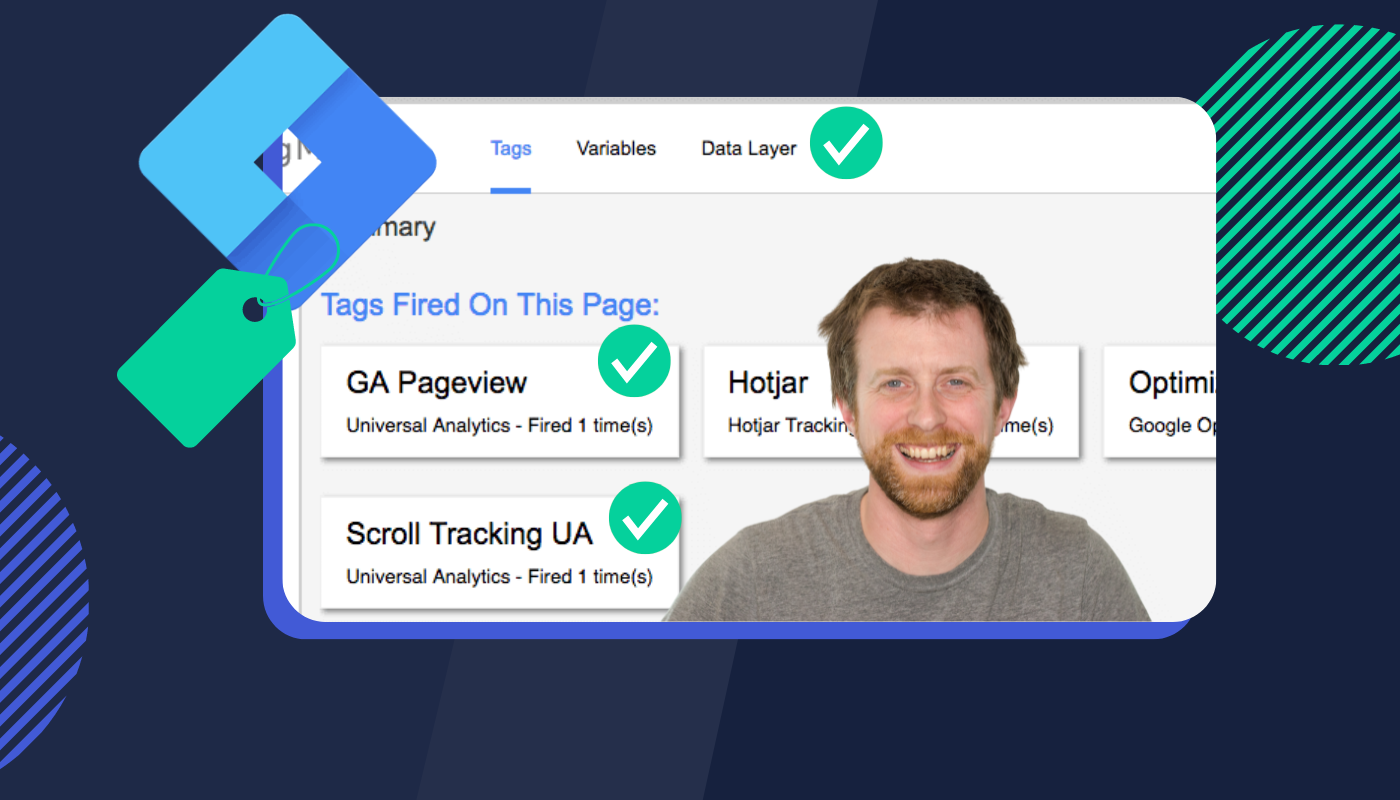
Not to be confused with Go-To-Market (or GTM), Google Tag Manager (also GTM) is a free tool provided by Google that allows you to manage and deploy marketing tags (snippets of code or tracking pixels) on your website (or mobile app) without having to modify the code. Essentially, it's a tag management system (TMS) that enables you to quickly and easily update measurement codes and related code fragments collectively known as tags on your website or mobile app.
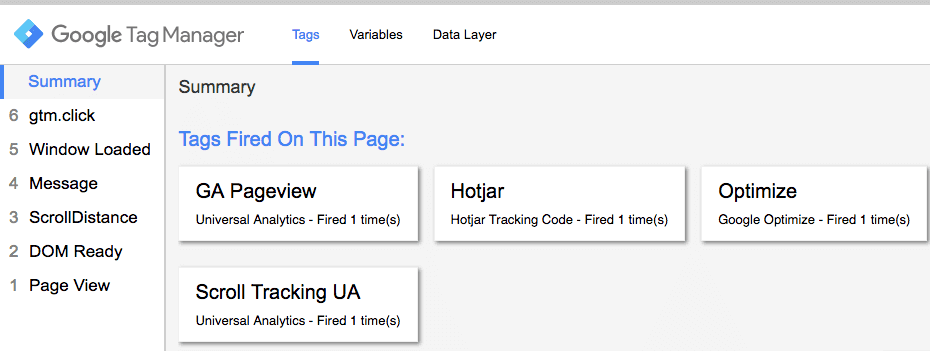
How is Google Tag Manager used in Analytics?
Google Tag Manager (GTM) plays a crucial role in analytics by simplifying the process of collecting and sending data to analytics platforms like Google Analytics. Here's how GTM is typically used in the realm of analytics:
Tag Deployment for Analytics:
- GTM is used to deploy and manage the Google Analytics (GA) tracking code on a website. Instead of manually adding the GA script to your website's code, you can use GTM to inject the script dynamically. This simplifies the process, especially for large websites or those that require complex or numerous analytics tags.
- Event Tracking:
- GTM allows you to track specific user interactions on your website that aren’t automatically tracked by GA. This includes events like button clicks, form submissions, video plays, and downloads. You can set up tags in GTM to send information about these events to GA for analysis.
- Custom Data Collection:
- With GTM, you can collect custom data about user interactions and send this data to GA as events or custom dimensions/metrics. This is useful for tailoring the analytics data to the specific needs or goals of your business.
- Setting Up Triggers:
- Triggers in GTM define when a tag should fire. For analytics, you can set triggers based on user actions (like clicking a link), pageviews, or even JavaScript events. This ensures that data is sent to GA at the right moment, capturing the user behaviour accurately.
- Cross-Domain Tracking:
- GTM simplifies the setup of cross-domain tracking, which is essential for understanding user behaviour across multiple domains. This is particularly important for businesses with multiple websites or a separate mobile site.
- Enhanced E-commerce Tracking:
- For e-commerce websites, GTM can be used to implement enhanced e-commerce tracking provided by GA. This allows for detailed tracking of user interactions with products on e-commerce sites, such as product views, adding items to carts, and purchases.
- Integration with Other Analytics Tools:
- Besides Google Analytics, GTM can be used to integrate and manage tags for other analytics tools, providing a centralised platform for managing all analytics scripts.
- Testing and Debugging:
- Before deploying tags, GTM offers testing and debugging tools to ensure that tags are firing correctly and sending the right data to GA. This helps in maintaining the accuracy of analytics data.
- Version Control and User Permissions:
- GTM’s version control allows you to test changes and roll back to previous versions if something goes wrong. User permissions ensure that only authorised users can make changes to the tags, which is critical for data integrity.
Google Tag Manager acts as a bridge between a website and analytics platforms, facilitating efficient data collection, management, and transmission. This enhances the capability to gather rich, actionable insights through analytics tools like Google Analytics.
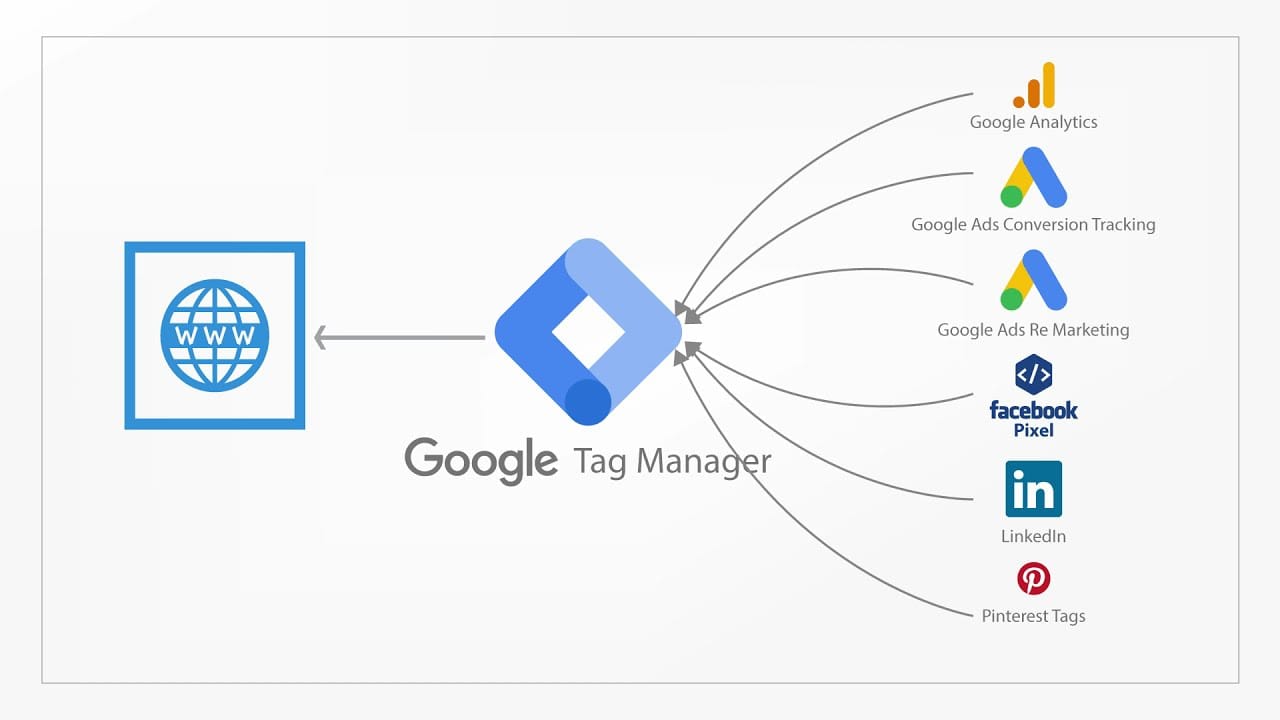
The future is on-demand event tracking
Insightech simplifies website analytics with its single line of code implementation, eliminating the need for manual event setup required in systems like Google Tag Manager.
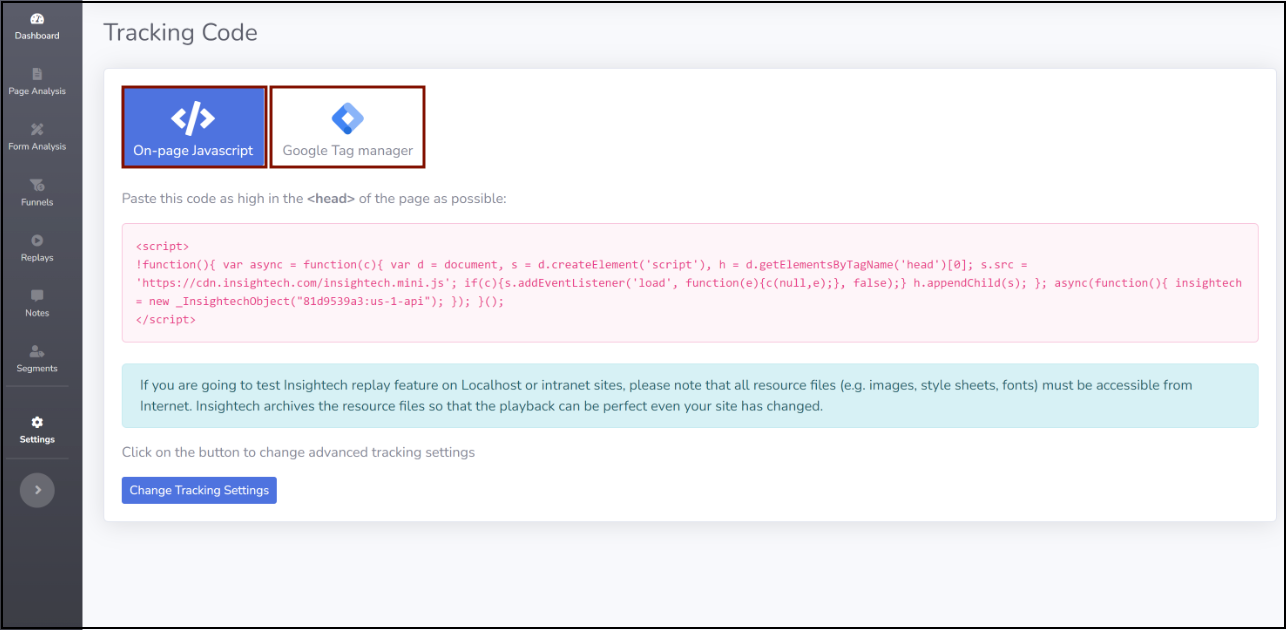
This approach automatically tracks all user interactions on your website, allowing you to retrospectively analyse any event without prior configuration. You can also track data layer events such as revenue to take your reporting and dashboards to the next level. It's a game-changer for businesses seeking agile and comprehensive analytics, reducing technical overhead and enhancing flexibility.
Curious to see how it transforms your data insights? Reach out to the Insightech team for a demo, and we'll show you the power of our platform in a quick, informative call.
Additional free resources you might find helpful
- What is a data layer event in analytics?
- 20 Ways to Integrate Adobe Solutions for 2024 Success
- Understanding Data Sampling in GA4 and Its Impact on Digital Product Owners in Insurance and Financial Services
- Unlocking In-Depth Analytics for Insurance and Financial Services Websites with Insightech
Free eBook: Comprehensive guide to navigating the complex process of website re-platforming.
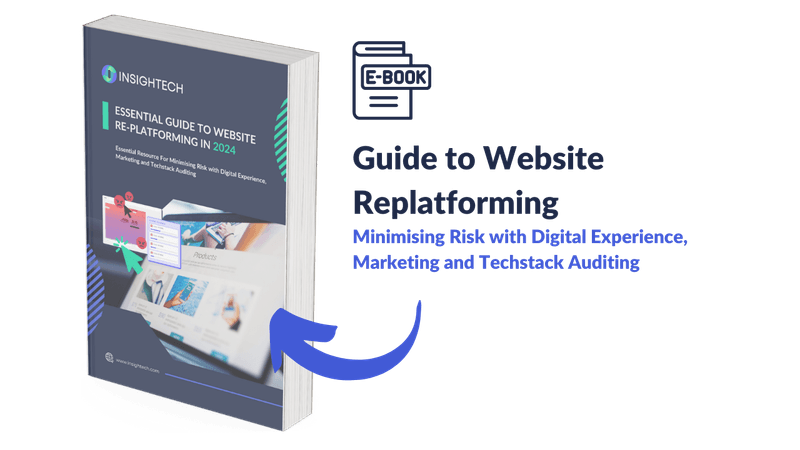
- Identifying Limitations of the Current Platform
- Aligning Re-platforming Goals with Business Strategy
- Conducting a Comprehensive UX, Marketing and Tech Audit
- Questions to consider when analysing your site’s digital experience

